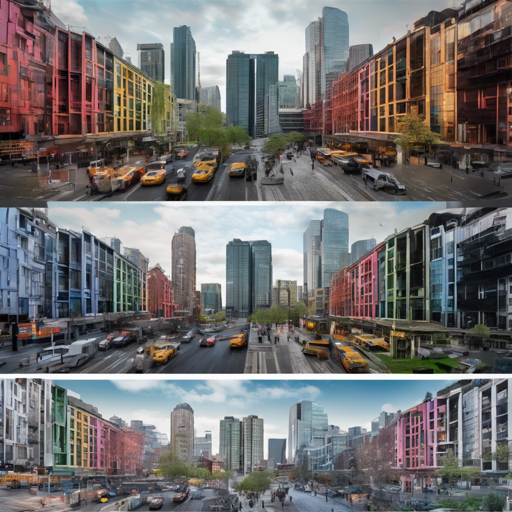Embarking on the journey of high-resolution image-to-image translation might feel daunting, but with the Pix2PixHD project, you can convert semantic label maps into stunning, photorealistic images or synthesize portraits with finesse. Let’s dive into the process of getting started with Pix2PixHD, a Pytorch implementation designed for resolutions as high as 2048×1024!
Prerequisites
Before jumping into the installation and usage, make sure you have the following:
- Linux or macOS
- Python (version 2 or 3)
- An NVIDIA GPU with 11G memory or larger, plus CUDA and cuDNN
Getting Started
Installation
To set everything up properly, follow these steps:
- Install PyTorch and its dependencies from pytorch.org.
- Install the Python library called
dominateusing:
pip install dominategit clone https://github.com/NVIDIA/pix2pixHD
cd pix2pixHDTesting the Model
After installation, let’s test the model with Cityscapes test images:
- Download the pre-trained Cityscapes model here and place it in the
.checkpoints/label2city_1024directory. - Run the test script:
bash ./scripts/test_1024p.sh
python test.py --name label2city_1024p --netG local --ngf 32 --resize_or_crop none.results/label2city_1024/test_latest/index.html.Preparing Your Dataset
To train your own model, you’ll need the Cityscapes dataset. Download it from the official website (registration required) and place it under the datasets folder.
Training Your Model
To train the model at 1024 x 512 resolution, use the following commands:
bash ./scripts/train_512p.sh
python train.py --name label2city_512pMonitor the training results in .checkpoints/label2city_512p/web/index.html.
Understanding the Code with an Analogy
Imagine you are a chef preparing a gourmet meal.
- The installation process is akin to gathering all of your ingredients and equipment—ensuring you have everything needed before you begin cooking.
- Testing the model is similar to sampling your dish halfway through—making sure the flavors blend well before serving to others.
- Preparing your dataset resembles selecting the finest produce—only the best ingredients lead to an exquisite final dish.
- Training the model reflects the cooking process—following the recipe carefully, nurturing your creation, and adjusting seasoning for pleasing results.
The entire process is like crafting a masterpiece in the kitchen—the goal is to produce something visually appealing and delectable for the eyes.
Troubleshooting
If you encounter issues during installation, testing, or training, here are some troubleshooting tips:
- Check your GPU memory specifications—ensure your GPU meets the required memory for training.
- Consult the PyTorch documentation for installation issues or library compatibility.
- Verify that all paths to datasets and model checkpoints are correct.
- If you face problems with mixed precision training, make sure you have installed the apex package correctly.
For more insights, updates, or to collaborate on AI development projects, stay connected with fxis.ai.
Conclusion
The Pix2PixHD project opens doors to endless possibilities in image-to-image translation. With careful preparation and implementation, you can create high-resolution, photorealistic images that are sure to impress! Remember, the key to success lies in experimenting, adjusting, and refining your approach.
At fxis.ai, we believe that such advancements are crucial for the future of AI, as they enable more comprehensive and effective solutions. Our team is continually exploring new methodologies to push the envelope in artificial intelligence, ensuring that our clients benefit from the latest technological innovations.

